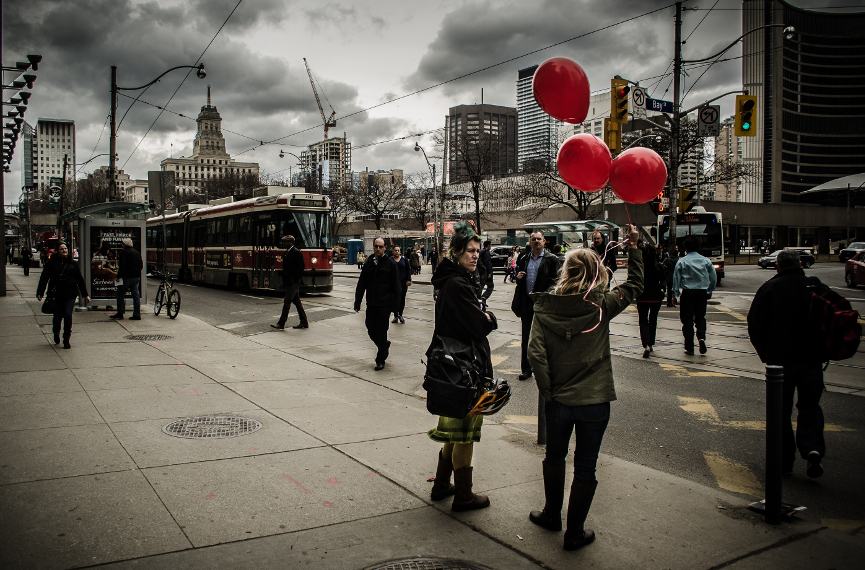The Facts About Framing Streets Uncovered
Table of ContentsSome Known Incorrect Statements About Framing Streets Getting My Framing Streets To WorkThe 9-Second Trick For Framing StreetsFraming Streets for Beginners

Both at the Gallery of Modern Art (Mo, MA). Influenced by Frank, in the 1960s Garry Winogrand, Lee Friedlander and Joel Meyerowitz began photographing on the streets of New York. Phil Coomes, creating for BBC News in 2013, claimed "For those people thinking about road photography there are a couple of names that stand apart and one of those is Garry Winogrand"; doubter Sean O'Hagan, writing in in 2014, stated "In the 1960s and 70s, he defined road photography as a perspective in addition to a style and it has laboured in his shadow since, so definitive are his photos of New York." Going back to the UK in 1965 from the US where he had actually met Winogrand and taken on street digital photography, Tony Ray-Jones transformed a wry eye on typically surreal collections of British people on their vacations or getting involved in festivals.
Road photography is a huge style that can be specified in many means, however it is commonly identified by the spontaneous capturing of an unrepeatable, fleeting moment, frequently of the everyday going-ons of unfamiliar people. It is characteristically fired with broader angle lenses (e. g. 35mm) and usually features city environments.
Little Known Questions About Framing Streets.
Docudrama photographers usually have actually a specified, deliberate message and a purpose to record particular events in history (https://typhoon-dinghy-f4c.notion.site/Framing-Streets-Mastering-the-Art-of-Street-Photography-7902cfb0b0a245919a9be5c8725db988?pvs=4). The range of the documentary technique incorporates facets of journalism, art, education, sociology and history. In social investigation, documentary pictures are commonly planned to prompt, or to highlight the demand for, social adjustment
Road digital photography is generally seen as unposed and candid, but there are a few road digital photographers who engage with strangers on the streets and take their portraits. Road portraits are unplanned portraits taken of unfamiliar people while out doing road photography, however they are seen as posed since there is communication with the subject.
Photographing individuals and places in public is legal in many countries securing freedom of expression and journalistic freedom. There are usually restrictions on exactly how images of people might be used and most countries have specific regulations pertaining to people's privacy.
Framing Streets Can Be Fun For Everyone
The right to personal privacy is shielded by Article 8 of the convention. In the context of photography, it stands up in arms to the Write-up 10 Of flexibility of expression. Courts will normally take into consideration the public interest in balancing the rights through the lawful examination of symmetry. While likewise restricting digital photography in order to secure personal privacy civil liberties, road digital photography can still be lawful in France when gone after as an art type under particular scenarios.

. who simply strayed into a scene), or that are not even recognizable in the image. https://medium.com/@davidturley33101/about. It likewise does not normally extend to people that are public numbers (e. g - Lightroom presets. politicians or celebrities). If an image is thought about art, the courts will additionally take into consideration the professional photographer's flexibility of artistic expression; implying that "artful" road photography can still be lawfully published in certain instances
Some Known Questions About Framing Streets.
Photographing the police and releasing the photos is also legal.
In Hungary, from 15 March 2014 anybody taking photos is technically damaging the regulation if somebody wanders wikipedia reference right into shot, under a brand-new civil code that forbids taking pictures without the consent of everyone in the photograph - vivian maier. This increases the regulation on authorization to include the taking of photographs, along with their magazine
'Hidden photography' (kakushidori concealed, surreptitious digital photography) 'stolen photography' (nusumitori without purpose of obtaining authorization) and "quick photography' (hayayori prior to authorization and refusal can be given) are prohibited unless in the former consent is acquired from the subject promptly after taking the picture. Individuals have rights to their images (shzken, droit de photo).